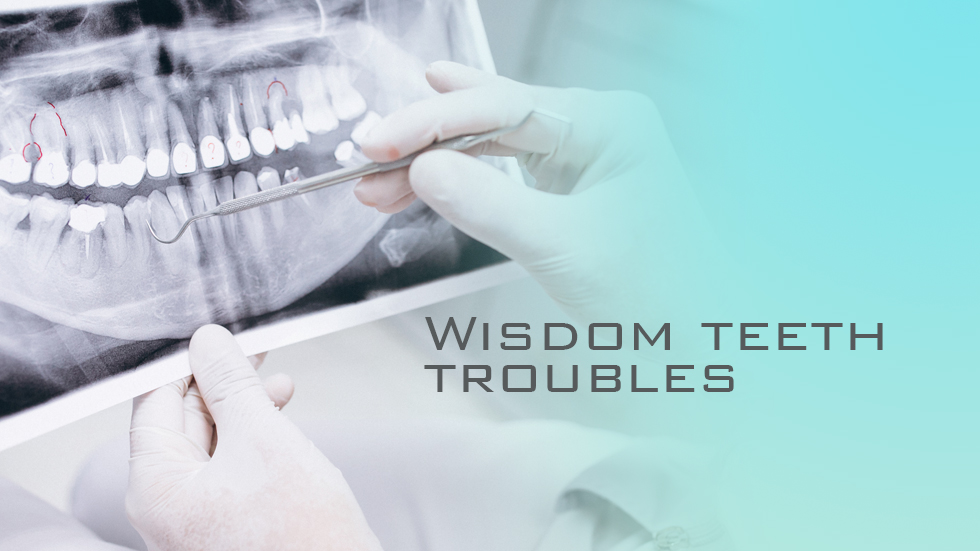
Ancient skulls and dental care for modern humans
The widespread availability of processed sugars in modern diets, as well as changes in oral hygiene practices and lifestyle factors, has contributed to the prevalence of oral health issues like cavities, gum disease, and tooth decay in many parts of the world. Have people always struggled with these oral health problems and what did they do before modern dentistry? The answers lie in ancient skulls.
The human skull serves as the protective housing for the brain and as the foundation for our dental health. Our modern skulls have undergone significant changes throughout human evolution, leading to the unique shape we have today. These changes, while advantageous in many ways, have also brought about several common dental issues that our ancient ancestors rarely had to contend with. In this blog, we’ll give an overview of the evolution of the human skull, exploring how these changes have influenced dental health today.
The evolution of the human skull and teeth
The first human ancestors emerged millions of years ago and have been changing steadily ever since. Over time, the evolution of our skull shape has been driven by a variety of factors, including diet, brain development, and changes in environmental conditions.
From big-mouthed Hominids to modern Homo Sapiens
Our Early Hominid ancestors had robust skulls with large jaws and teeth. Their diets consisted of tough, fibrous vegetation, which required powerful chewing muscles and teeth adapted for grinding. With the emergence of Homo erectus around 1.9 million years ago, our ancestors’ skulls began to change. They had smaller faces, smaller teeth, and a flatter, more upright skull. This change was likely influenced by dietary shifts and increased brain size. Then, Neanderthals, a close relative of modern humans, had robust skulls and large front teeth adapted for hunting. Their unique skull structure is a testament to their adaptation to harsh ice age environments. Finally, Homo sapiens and modern humans have relatively smaller faces, smaller teeth, and a rounded skull. This is believed to be linked to our transition to a diet based on cooked food, which requires less chewing effort and allows for the development of larger brains.
5 common dental issues caused by our modern skull structure
While these changes in skull structure have offered various advantages for modern humans, they have also brought about challenges that have become commonplace for us today:
- Malocclusion: The relatively smaller size of our jaws, especially the maxilla (upper jaw), has led to an increased incidence of malocclusion, or misalignment of the teeth. This can result in problems like overbites, underbites, and crowded teeth which can be addressed with orthodontics or invisible aligners.
- Sleep apnea: broad facial structures and larger jaws of our ancestors allowed for unobstructed airflow during sleep, reducing the likelihood of airway blockages that lead to sleep apnea
- Tooth decay: Our ancestors’ larger teeth were better adapted for grinding tough plant material. With the advent of cooking and softer diets, our smaller teeth are more prone to cavities, as they are not as well-suited to processing modern, high-sugar foods.
- Temporomandibular Joint (TMJ) disorders: The changes in skull shape have also contributed to a higher prevalence of TMJ disorders. The mismatch between the size of the jaw and the number and size of teeth can lead to strain and discomfort in the jaw joint.

- Wisdom teeth troubles: The reduction in jaw size has left insufficient space for the eruption of third molars, commonly known as wisdom teeth. This often leads to impacted or partially erupted wisdom teeth, causing pain and other complications.
Saskatoon checkups and cleanings for modern teeth
We can’t change our skull structure so we have to mitigate risk with proactive preventive oral health care. Regular check-ups, orthodontic treatments, and oral hygiene practices are key to addressing and preventing the dental challenges associated with our evolved skull shape.
Invisalign for crooked teeth
Many instances of malocclusion can be corrected for better oral health using invisible aligner treatments.
